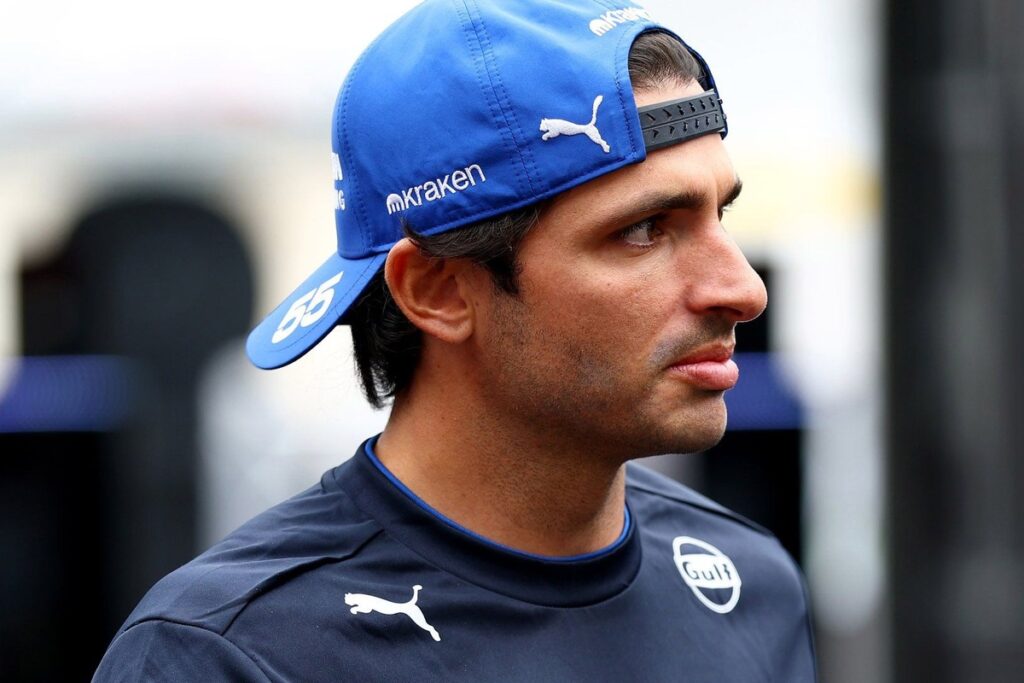
Carlos Sainz has clarified his recent remarks regarding the broadcast of the Formula 1 Singapore Grand Prix, stating that his comments were “blown out of proportion.” The Spanish driver initially criticized the coverage at the Marina Bay Street Circuit for seemingly prioritizing shots of attendees, including wives and girlfriends, over key moments of the race.
In an interview with Spanish radio station Cadena COPE’s El Partidazo, Sainz expressed his concerns about the production choices during the race. “It’s becoming a bit of a trend,” he noted, highlighting that while some focus on celebrity reactions may be acceptable, it should not overshadow significant on-track action. He specifically pointed out that the broadcast failed to showcase several overtakes he executed late in the race, as well as the intense battle between Fernando Alonso and Lewis Hamilton.
An official spokesperson for Formula 1 responded to Sainz’s initial critique, emphasizing their commitment to providing fans with the best race coverage. “We always focus on giving our fans the best possible footage of the race and never compromise the key focus – the racing on track,” the spokesperson stated. They acknowledged the challenges of covering a complex race environment but maintained that the inclusion of audience reactions is part of enhancing the viewing experience.
Ahead of the upcoming United States Grand Prix, Sainz reiterated that his comments had been misinterpreted. “I think my comments were a bit blown out of proportion,” he said. The driver acknowledged that referencing the girlfriends and WAGs added a sensational element to his critique, which may have caused it to gain more attention than intended.
He clarified his stance, asserting that the broadcast during the Singapore race did not adequately capture the on-track excitement. “For me, Singapore was just not good enough,” Sainz stated. He compared the situation to his own performance, noting that, like any athlete, he has both good and bad weekends. “I did a four out of 10, and by the time you tell me I did a 10 out of 10,” he remarked, emphasizing the subjectivity of performance evaluation.
Reflecting on the production’s focus, Sainz expressed disappointment that key battles were overlooked while the broadcast lingered on non-critical moments. He hopes the broadcast team understands that his comments were intended as constructive criticism rather than a personal attack.
As the Formula 1 community prepares for the next race, Sainz’s remarks have sparked discussions about the balance between entertainment and the core elements of racing. The ongoing dialogue highlights the evolving nature of sports broadcasting and the expectations of both fans and athletes.
With the United States Grand Prix on the horizon, all eyes will be on how the broadcast team adapts to address these concerns and deliver a compelling viewing experience.







